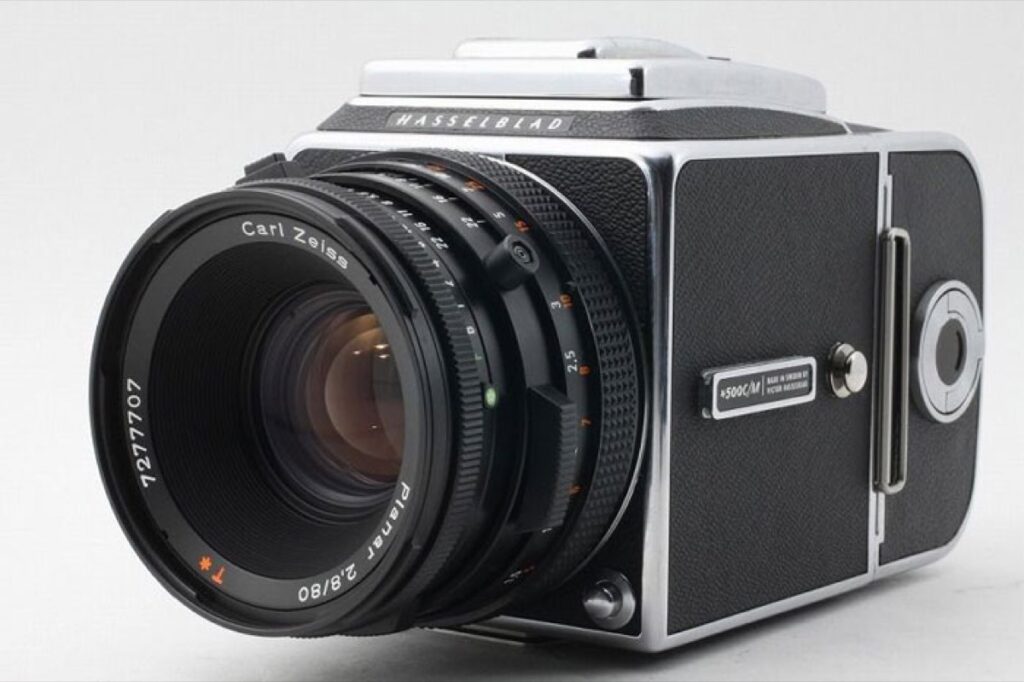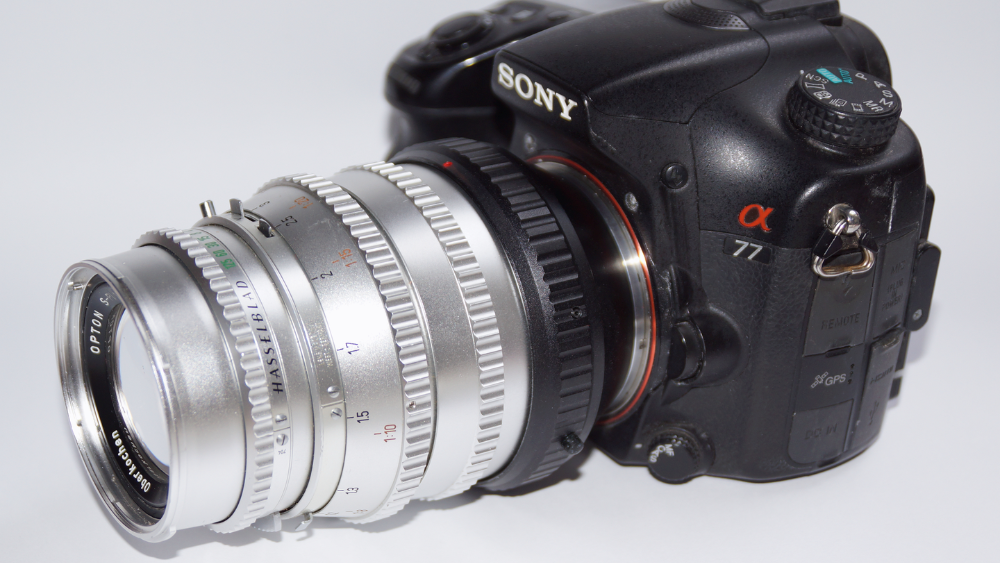Hasselblad Lenses
Explore the world of Hasselblad lenses, uncovering their features, advantages, and disadvantages. Learn how they compare to the Canon EOS 1500D 24.1MP DSLR camera. A must-read for photography enthusiasts!
What is Hasselblad lenses
For every shutterbug out there, the right lens can make all the difference. Whether you’re an amateur photographer or a seasoned professional, choosing the perfect lens can transform your photos from ordinary to extraordinary. Enter Hasselblad lenses—known for their precision, quality, and superior performance. But how do these iconic lenses stack up against the trusty Canon EOS 1500D 24.1MP DSLR Camera? In this article, we’ll dive deep into the world of Hasselblad lenses, exploring their uses, features, advantages, and disadvantages. By the end, you’ll have a clearer picture of why these lenses are a favorite among photographers and how they might fit into your own camera setup.

Hasselblad Lenses: What They Are Used For
Hasselblad lenses are revered in the photography world for a reason. They are the go-to choice for professionals in various fields. Let’s break down their primary uses:
- Commercial Photography: High-end advertising campaigns often rely on the unmatched clarity and detail provided by Hasselblad lenses. Their ability to capture true-to-life colors and sharpness makes them ideal for showcasing products in all their glory.
- Portrait Photography: For portraits, Hasselblad lenses offer exceptional depth of field and bokeh effects. Photographers appreciate the ability to highlight their subjects while smoothly blurring backgrounds.
- Landscape Photography: Nature and landscape photographers find Hasselblad lenses indispensable. The wide-angle capabilities and the intricate detailing they capture make these lenses perfect for stunning, expansive shots.
- Fashion Photography: In the fast-paced world of fashion, Hasselblad lenses are preferred for their precision and ability to capture minute details, textures, and colors, bringing the designer’s vision to life.
- Fine Art Photography: When it comes to artistic expression, these lenses provide the necessary tools to achieve exquisite compositions, making every shot a masterpiece.
- Architectural Photography: The sharpness and accuracy of Hasselblad lenses make them excellent for capturing the intricate details of buildings and structures.
Features of Hasselblad Lenses
What sets Hasselblad lenses apart from the crowd? Let’s explore their standout features:
1. Superior Optics
Hasselblad lenses are synonymous with superior optical performance. They incorporate advanced glass elements that minimize distortions and chromatic aberrations. This ensures that your images are crisp and clear, with true-to-life colors.
2. High Resolution
These lenses are designed to handle high-resolution sensors, which means they can capture incredible detail. This is particularly beneficial for large prints and detailed cropping.
3. Precision Engineering
Hasselblad lenses are meticulously engineered. The build quality is robust, often featuring weather sealing to protect against dust and moisture, ensuring durability in various shooting conditions.
4. Wide Aperture Range
With a wide range of apertures, these lenses offer versatility in depth of field. Whether you’re shooting in low light or aiming for a blurred background effect, Hasselblad lenses have got you covered.
5. Smooth Focusing Mechanism
The focusing mechanisms are smooth and precise, providing quick and accurate focus whether you’re shooting in manual or autofocus mode.
6. Consistency and Reliability
Hasselblad lenses maintain consistent performance across different models. Whether you switch lenses or camera bodies, you can expect reliable, top-notch results.
Advantages of Hasselblad Lenses
What makes photographers rave about Hasselblad lenses? Here are the key advantages:
1. Exceptional Image Quality
The image quality of Hasselblad lenses is second to none. The clarity, sharpness, and color fidelity are unmatched, making them a top choice for professional photographers.
2. Versatility
From landscapes to portraits, these lenses excel in various genres of photography. Their adaptability allows photographers to tackle different projects without compromising on quality.
3. Robust Build
The sturdy construction of Hasselblad lenses ensures longevity. They are built to withstand rigorous use, making them a reliable investment for professionals.
4. Advanced Optical Design
The advanced optical design reduces lens flare and ghosting, even in challenging lighting conditions. This results in cleaner, more accurate photos.
5. Enhanced Creative Control
With features like wide apertures and precise focusing, Hasselblad lenses provide greater creative control. Photographers can experiment with depth of field, focus points, and exposure settings to achieve their desired effects.
6. Professional Prestige
Owning and using Hasselblad lenses often comes with a certain prestige. They are seen as a hallmark of professional-grade equipment, enhancing a photographer’s credibility and appeal.
Disadvantages of Hasselblad Lenses
While Hasselblad lenses have many benefits, they are not without their drawbacks. Here are some potential disadvantages to consider:
1. High Cost
Hasselblad lenses are expensive. The premium price can be a barrier for amateur photographers or those on a tight budget.
2. Weight and Size
These lenses are often larger and heavier compared to others. This can make them less portable and more challenging to handle during long shoots.
3. Compatibility
Hasselblad lenses are primarily designed for Hasselblad cameras. If you’re using a different camera system, like the Canon EOS 1500D 24.1MP DSLR Camera, you’ll need adapters, which might not always maintain full functionality.
4. Learning Curve
Given their advanced features, there is a learning curve associated with using Hasselblad lenses. Beginners might find them complex and intimidating initially.
5. Limited Availability
Due to their specialized nature, Hasselblad lenses are not as widely available as other brands. This can make purchasing and servicing them more challenging.
6. Less Versatile for Casual Use
For casual or hobbyist photographers, the high cost and advanced features of Hasselblad lenses might be overkill. More accessible options, like the Canon EOS 1500D 24.1MP DSLR Camera, might be more practical for everyday use.
Conclusion
In the world of photography, the tools you choose can significantly impact your creative journey. Hasselblad lenses stand out for their superior image quality, robust build, and advanced features, making them a favorite among professional photographers. However, they come with a hefty price tag and a learning curve that might not suit everyone.
On the other hand, the Canon EOS 1500D 24.1MP DSLR Camera offers a more accessible and versatile option for both beginners and seasoned photographers. While it might not match the prestige or advanced features of Hasselblad lenses, it provides a reliable, user-friendly experience at a fraction of the cost.
Ultimately, the choice between Hasselblad lenses and more mainstream options like the Canon EOS 1500D 24.1MP DSLR Camera depends on your specific needs, budget, and level of expertise. Both have their place in the world of photography, and each can help you capture stunning images in its own way.
FAQ
1. What makes Hasselblad lenses so special?
Hasselblad lenses are renowned for their exceptional image quality, precision engineering, and superior optical performance. They are designed to deliver high-resolution images with remarkable clarity and color fidelity, making them a top choice for professional photographers.
2. Are Hasselblad lenses compatible with the Canon EOS 1500D 24.1MP DSLR Camera?
Hasselblad lenses are primarily designed for Hasselblad camera systems. While adapters are available to use them with other camera brands, including Canon, full functionality might not always be guaranteed.
3. Why are Hasselblad lenses so expensive?
The high cost of Hasselblad lenses is due to their advanced optical design, superior materials, and meticulous manufacturing processes. These lenses are built for professional use, offering top-tier performance and durability.
4. Can beginners use Hasselblad lenses effectively?
While beginners can use Hasselblad lenses, there is a learning curve associated with their advanced features. For those new to photography, starting with a more user-friendly and cost-effective camera, like the Canon EOS 1500D 24.1MP DSLR Camera, might be more practical.
5. What are the main disadvantages of Hasselblad lenses?
The main disadvantages include their high cost, larger size and weight, limited compatibility with non-Hasselblad cameras, and the complexity of use for beginners.
6. How do Hasselblad lenses compare to other brands?
Hasselblad lenses are often compared to other high-end brands for their exceptional image quality and build. However, their higher cost and specialized nature mean they are typically preferred by professionals over casual photographers.
7. Is the investment in Hasselblad lenses worth it?
For professional photographers who demand the highest image quality and durability, the investment in Hasselblad lenses can be worth it. For hobbyists or those on a budget, more affordable options like the Canon EOS 1500D 24.1MP DSLR Camera might offer better value.
In conclusion, Hasselblad lenses and the Canon EOS 1500D 24.1MP DSLR camera cater to different segments of photographers, each with unique needs and budgets. While Hasselblad lenses represent the pinnacle of professional photography equipment, the Canon EOS 1500D offers a versatile, user-friendly alternative for enthusiasts and beginners. The choice ultimately depends on your specific requirements and the type of photography you wish to pursue.

